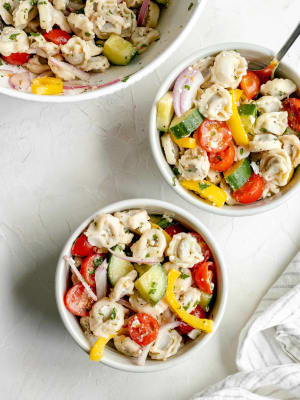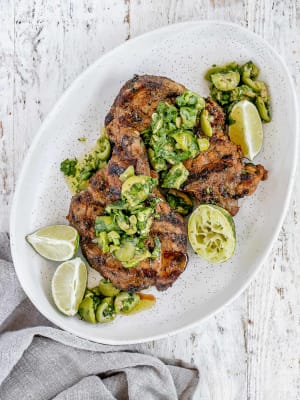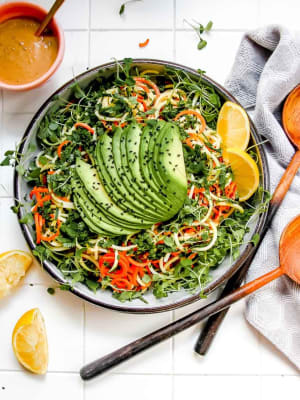Liquid Gold: The Timeless Story of Extra Virgin Olive Oil
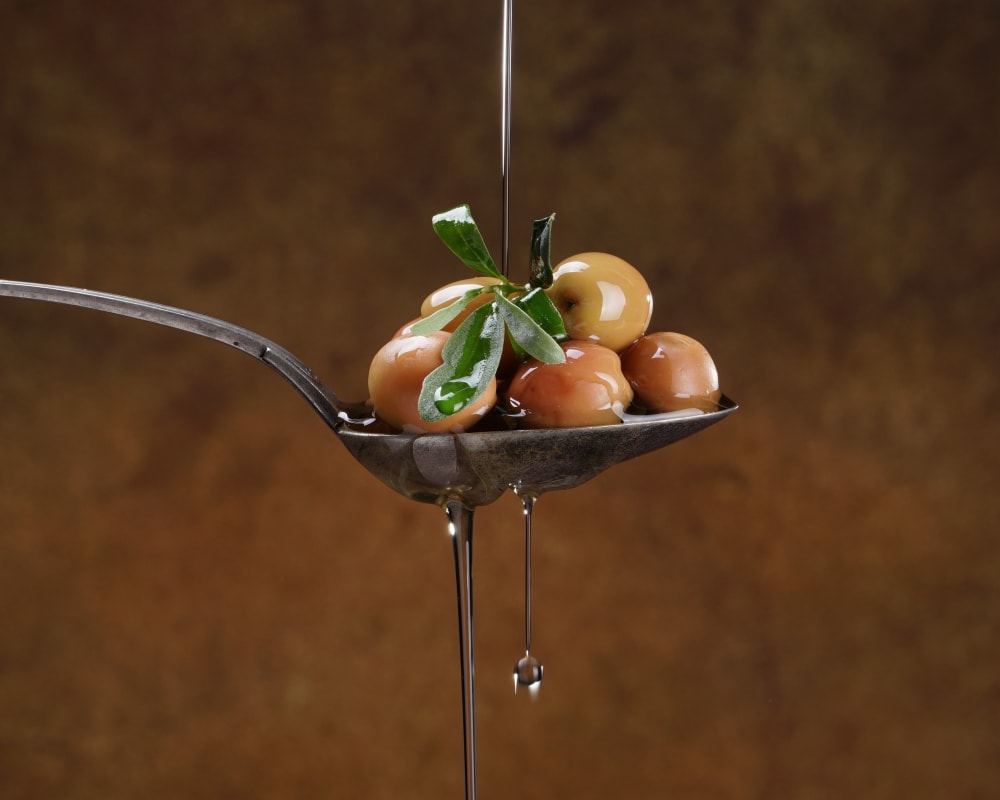
Liquid Gold: The Timeless Story of Extra Virgin Olive Oil
Discover the rich history, global significance, and health benefits of extra virgin olive oil.
Whether accomplished by hand or with equipment, the process of pressing oil from olives has essentially remained unchanged for millennia. We might overlook it as a humble staple. But make no mistake: extra virgin olive oil is a first-rate superfood.
The ancient Roman tradition of adding olive oil to vinegar for salad dressing has been found to help us absorb more of the nutrients in our salad's veggies. As a pillar of the Mediterranean Diet (arguably the healthiest diet in the world), it fights off cognitive decline, keeping our brains sharp and memories clear.
It keeps our cholesterol in check and protects our heart and arteries deep into old age. And as we shall see, this is all merely the tip of the iceberg. After all, Homer called it Liquid Gold for a reason.
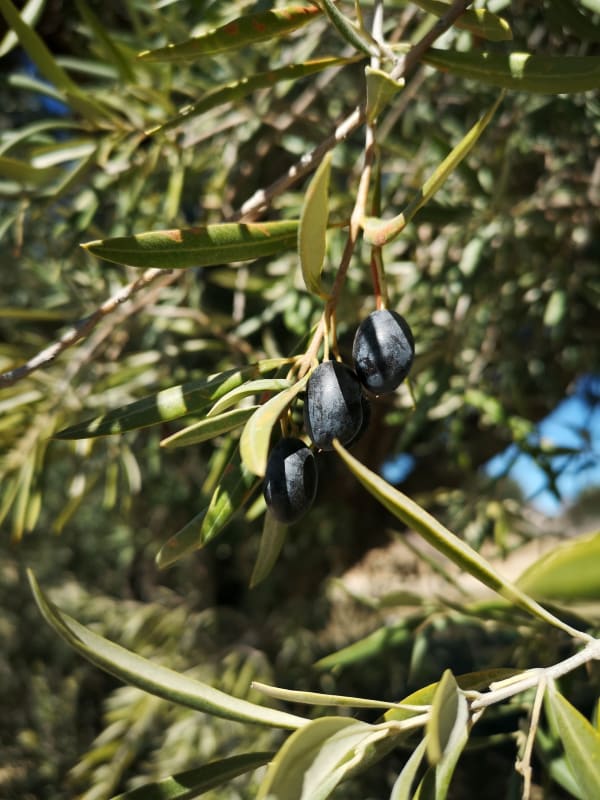
Branches of Time
The famous Sisters Olives Trees of Noah, high up in the North Lebanese mountain village of Bechealeh may be the oldest in the world, dating back some 6,000 years. Not only have these mighty behemoths lived through epochal shifts in human history, but they continue to produce delicious olives and world-class olive oil!
Similar stories can be found about the great al-Badawi tree in Bethlehem and the numerous ancient olive trees of the Greek island of Crete, where rates of heart disease are among the absolute lowest on Earth.
These glorious modern plants may have originated in Persia or Egypt, descended from the original wild olive trees whose fruit our early human ancestors have picked since time immemorial. The trees were brought to Greece and Libya by Phoenician traders around 2,800 BC, and later, the Roman Empire spread them even more distantly.
By the first century, olive oil from present-day Italy was incredibly famous, and by the 18th, it was a primary contender as the world's finest. Today, there isn't a clear pack leader: we have access to a wonderfully diverse landscape of first-rate extra virgin olive oils from far and wide.
A quick glance at the 2023 winners of the definitive World Olive Oil Competition reveals not just Greek and Italian champions but a global slew of winners from new and old world producers in New Zealand, California, Croatia, Tunisia, Spain, Portugal, Turkey, Slovenia, South Africa, and beyond.
Corresponding with these varied terroirs, elevations, genetics, nuances in curing, and pressing techniques are an enormous galaxy of flavour profiles. From earthy to floral, bright to peppery, fruity to buttery, the delicacy and range of flavour notes found in high-quality extra virgin olive oil easily match the culinary complexity of fine wine.
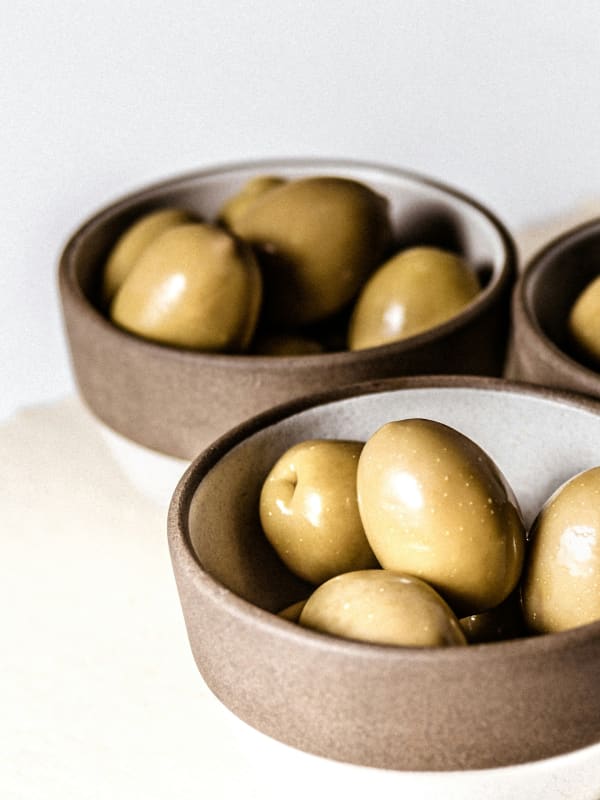
What's It Made Of?
By volume, olive oil is primarily made of a monounsaturated fat called oleic acid. The Mediterranean diet is renowned for offering a range of healthy fats, including saturated fats found in animal foods, polyunsaturates from nuts, seeds, and fish, and monounsaturates from liberal daily doses of the ever-present green elixir.
Unsaturated fats, both mono and poly, help keep our cell membranes supple and pliable. As cellular organisms, we are only as healthy as the cells we're made of, and the membranes of our cells are highly intelligent, deciding what comes and goes. We need cells to release what they don't need (metabolic waste, toxins) and receive what they require (nutrients, water). We also need cells to communicate with one another. All of these functions hinge on a healthy, discerning cell membrane.
But here is the key: our cell membranes are made of fat. If our diet is overwhelmingly made of fried, refined vegetable oils and broken transfats, our cell membranes will become sticky and brittle.
If, as an example, we avoid many natural fatty foods and suffer from chronic cracked, dry skin and dry eyes, we might be good candidates for adding more mono and polyunsaturated fats into the diet. After all, our skin is made of cells, too. They also deserve to be soft, fluid, healthy, and strong.
Apart from the healthy fats, olive oil is rich in vitamin E, which has a role to play in keeping our skin glowing and our gut strong. The vitamin E, a powerful antioxidant, also seems to be nature's way of protecting the oleic acid from rancidity.
Extra virgin olive oil (EVOO) also contains more than 30 different polyphenols with names like oleuropein and hydroxytyrosol. In many cases, these have been isolated and individually studied for health impact.
Oleuropein, in particular, is well-known because its extreme bitterness is why olives must be cured in salt brine before being eaten. The bitterness is a clue, however, to oleuropein's powerful antimicrobial qualities. Olive skin is very high in oleuropein, and so is olive leaf, which is commonly supplemented as a remedy for yeast and candida infections. This bitterness is also why fewer pesticides are needed on olive groves than on other crops.
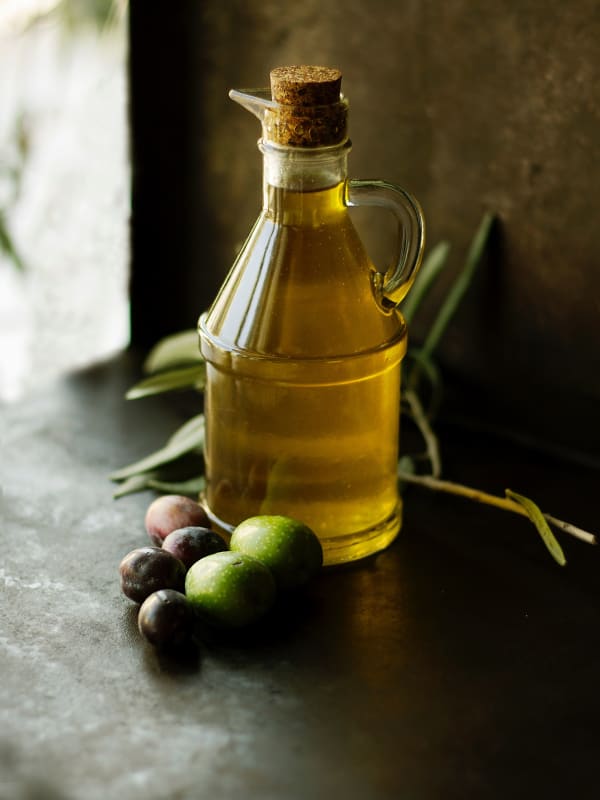
The EVOO Lifestyle
Olive oil is more than a condiment or a salad dressing ingredient. It is a dietary pillar and a culinary centrepiece. So, on one hand, we can zoom in on its chemistry and mechanisms of action in the human body. On the other hand, we can zoom out and make more big-picture observations about what happens to people who eat a lot of it!
From that vantage point, EVOO is profoundly impressive. Countless epidemiological studies have confirmed that olive oil consumption is associated with lower rates of diabetes, cancer, strokes, and heart disease, four of our most common and deadly illnesses worldwide. In fact, the more olive oil people consume, the less likely they are to die by any cause.
Allergic reactions to olive oil are infrequent, and it is seldom contraindicated for medications or health conditions. So, while blanket nutrition recommendations are usually a little suspect, it seems to be true that almost all of us would do well to incorporate a bit of this magic potion into our kitchen life if we haven't already. Of course, the octogenarians of Sardinia or the Greek islands need no such reminder.
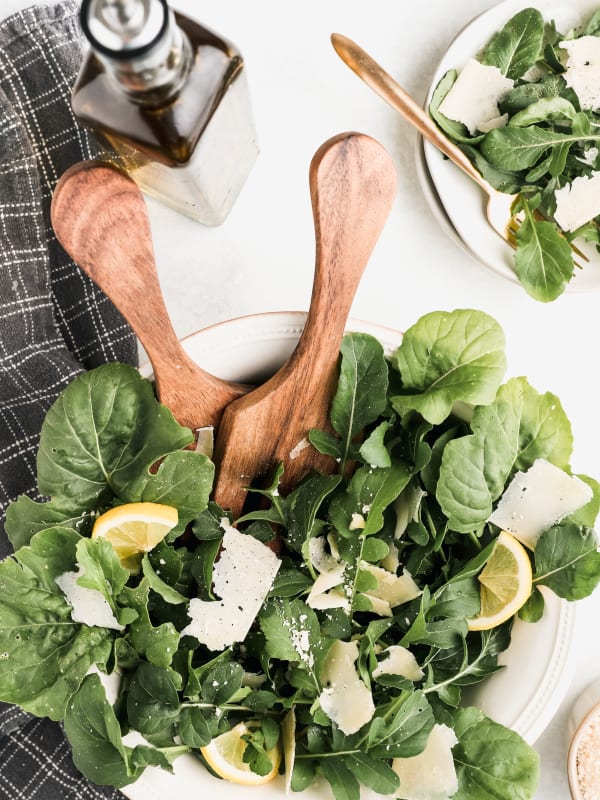
Best Practices
Stick with extra virgin olive oil and settle for nothing less. Cooking with it will destroy some phytochemicals and antioxidants, but it won't create toxic byproducts or trans fats. The monounsaturated fats aren't as temperature-stable as saturated fats in coconut oil or lard, but they are much less delicate than the omega-3s found in flax seeds or fish.
Store olive oil away from sunlight or in a coloured glass bottle, and bear in mind that it will last about 18 months from the production date before it naturally oxidizes. If your old bottle of olive oil smells like fermented fruit or waxy like crayons, it is most likely rancid.
Research over the past few years has formally elucidated olive oil's ability to increase the body's absorption of carotenoids and other healthy nutrients. So, adding EVOO to vegetables when roasting or in a salad dressing is always a great idea.
Sadly, there are disingenuous "extra virgin" olive oil manufacturers on the market that find sneaky ways to cut corners on quality while claiming to be the real deal. While it's a bit hard to make sweeping generalizations when there is such a vast range of olive oils, authentic 100 per cent EVOO should proudly announce its authenticity with a lively, delicate, green and almost grassy taste.
Deciding to invest a couple of extra dollars per bottle for a traceable and pure extra virgin pressing will assure you that you're indeed getting a delicious, life-extending, life-improving bottle of "liquid gold."
Essential fatty acids. Linus Pauling Institute. (2023, January 3). https://lpi.oregonstate.edu/mic/other-nutrients/essential-fatty-acids#:~:text=Biological%20Activities-,Membrane%20structure%20and%20function,pathways%20(14%2C%2015).
Gorzynik-Debicka, M., Przychodzen, P., Cappello, F., Kuban-Jankowska, A., Marino Gammazza, A., Knap, N., Wozniak, M., & Gorska-Ponikowska, M. (2018). Potential health benefits of olive oil and plant polyphenols. International Journal of Molecular Sciences, 19(3), 686. https://doi.org/10.3390/ijms19030686
Jimenez-Lopez, C., Carpena, M., Lourenço-Lopes, C., Gallardo-Gomez, M., Lorenzo, J. M., Barba, F. J., Prieto, M. A., & Simal-Gandara, J. (2020). Bioactive compounds and quality of extra virgin olive oil. Foods, 9(8), 1014. https://doi.org/10.3390/foods9081014
Kapellakis, I. E., Tsagarakis, K. P., & Crowther, J. C. (2007). Olive oil history, production and by-product management. Reviews in Environmental Science and Bio/Technology, 7(1), 1–26. https://doi.org/10.1007/s11157-007-9120-9
Martínez-González, M. A., Sayón-Orea, C., Bullón-Vela, V., Bes-Rastrollo, M., Rodríguez-Artalejo, F., Yusta-Boyo, M. J., & García-Solano, M. (2022). Effect of olive oil consumption on cardiovascular disease, cancer, type 2 diabetes, and all-cause mortality: A systematic review and meta-analysis. Clinical Nutrition, 41(12), 2659–2682. https://doi.org/10.1016/j.clnu.2022.10.001
NYIOOC world. nyiooc.org. (n.d.). https://nyiooc.org/
Pappagallo, L. (2022, October 19). The world’s oldest olive trees are Lebanese. Green Prophet. https://www.greenprophet.com/2013/01/noah-olive-trees-lebanon/
Ruffin, J. (2021, June 10). In Palestine, protecting one of the world’s oldest olive trees is a 24/7 job. Atlas Obscura. https://www.atlasobscura.com/articles/world-oldest-olive-trees

